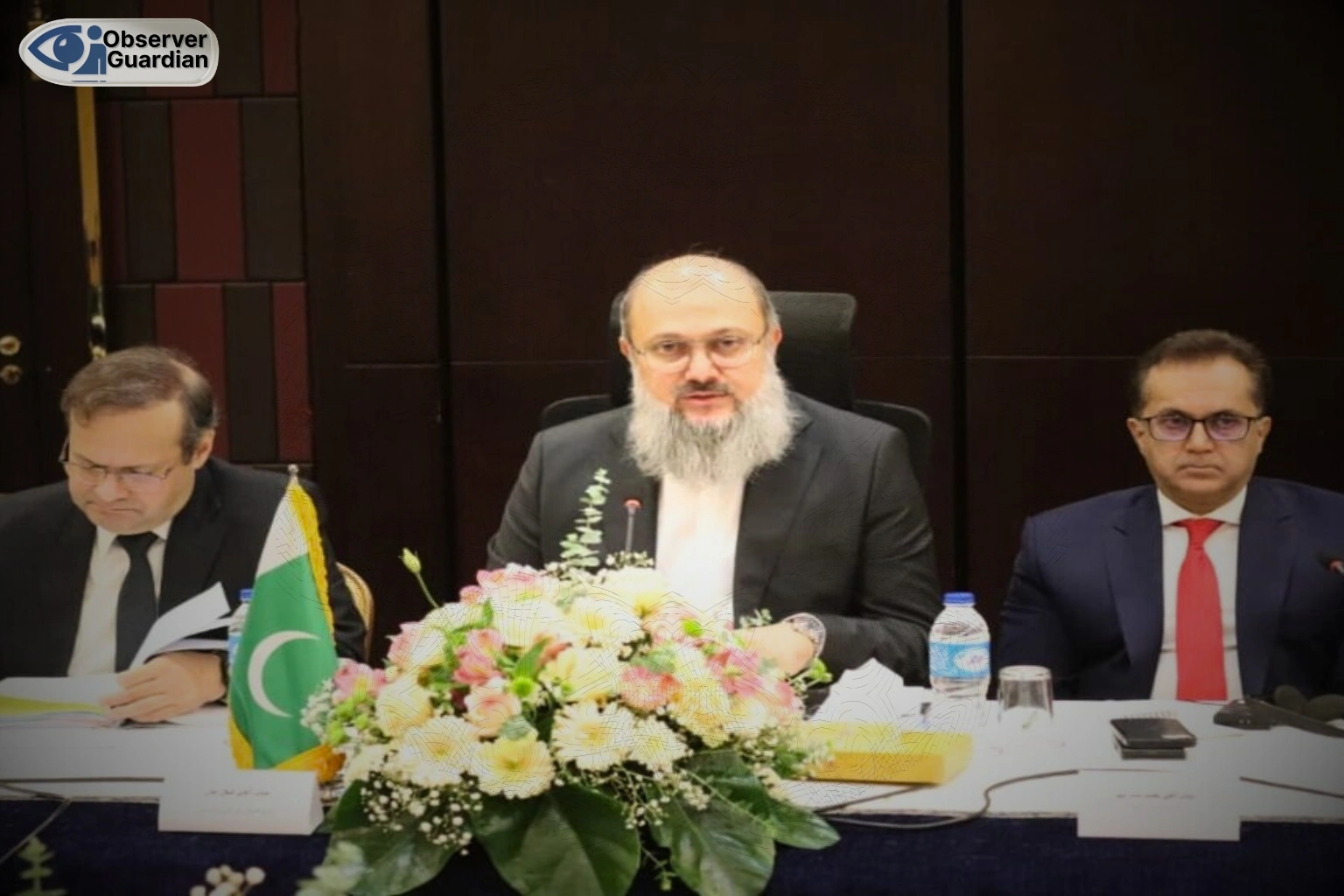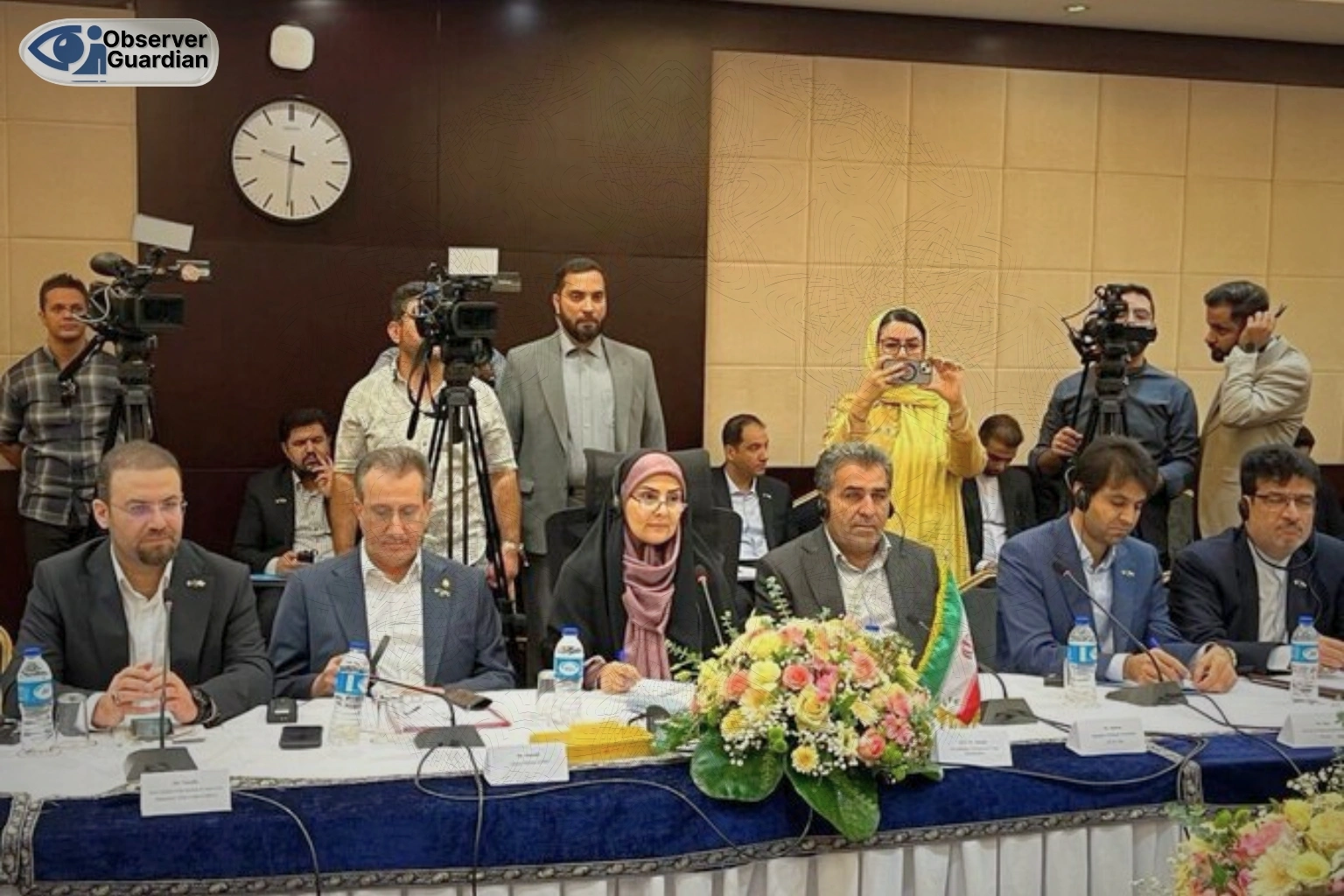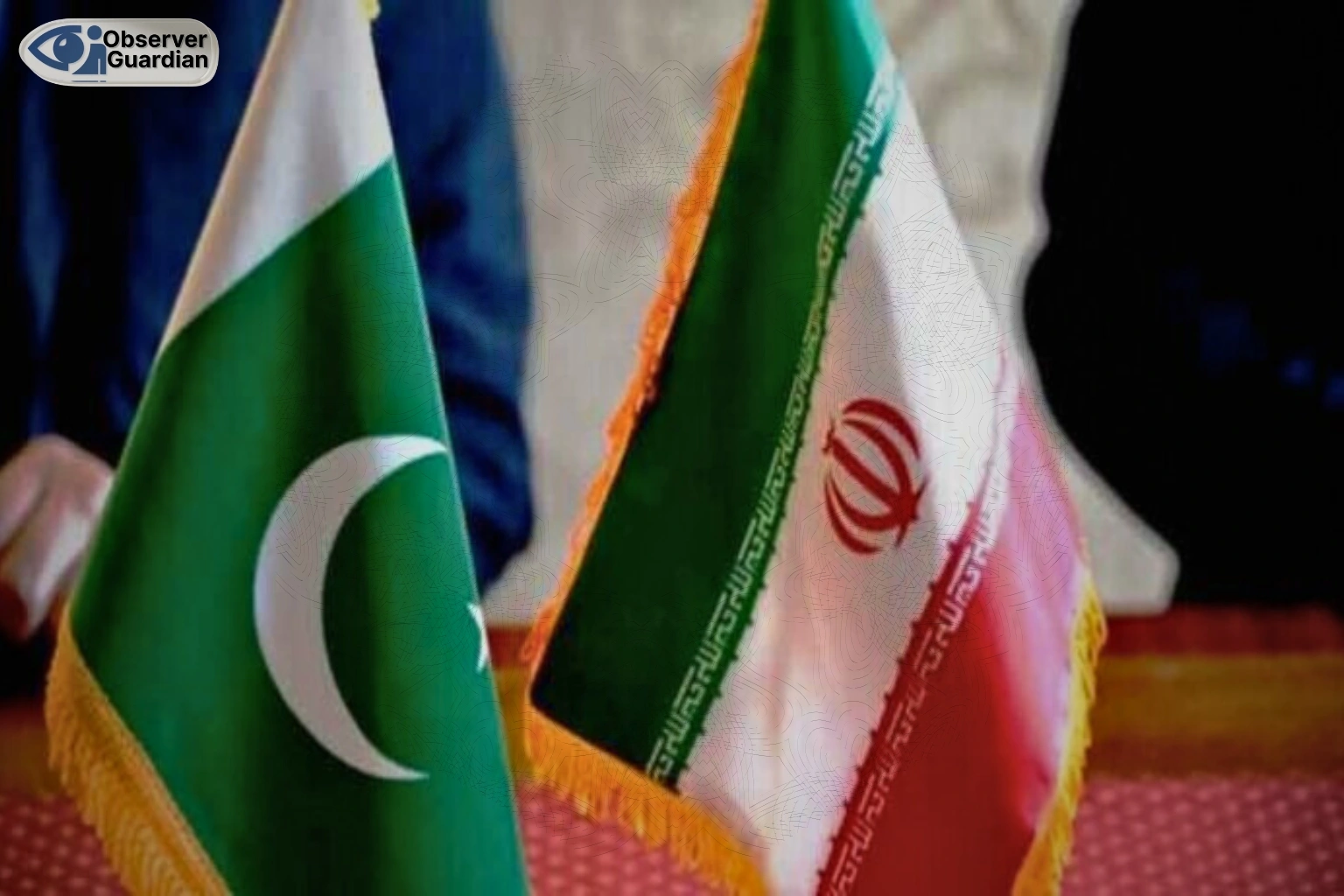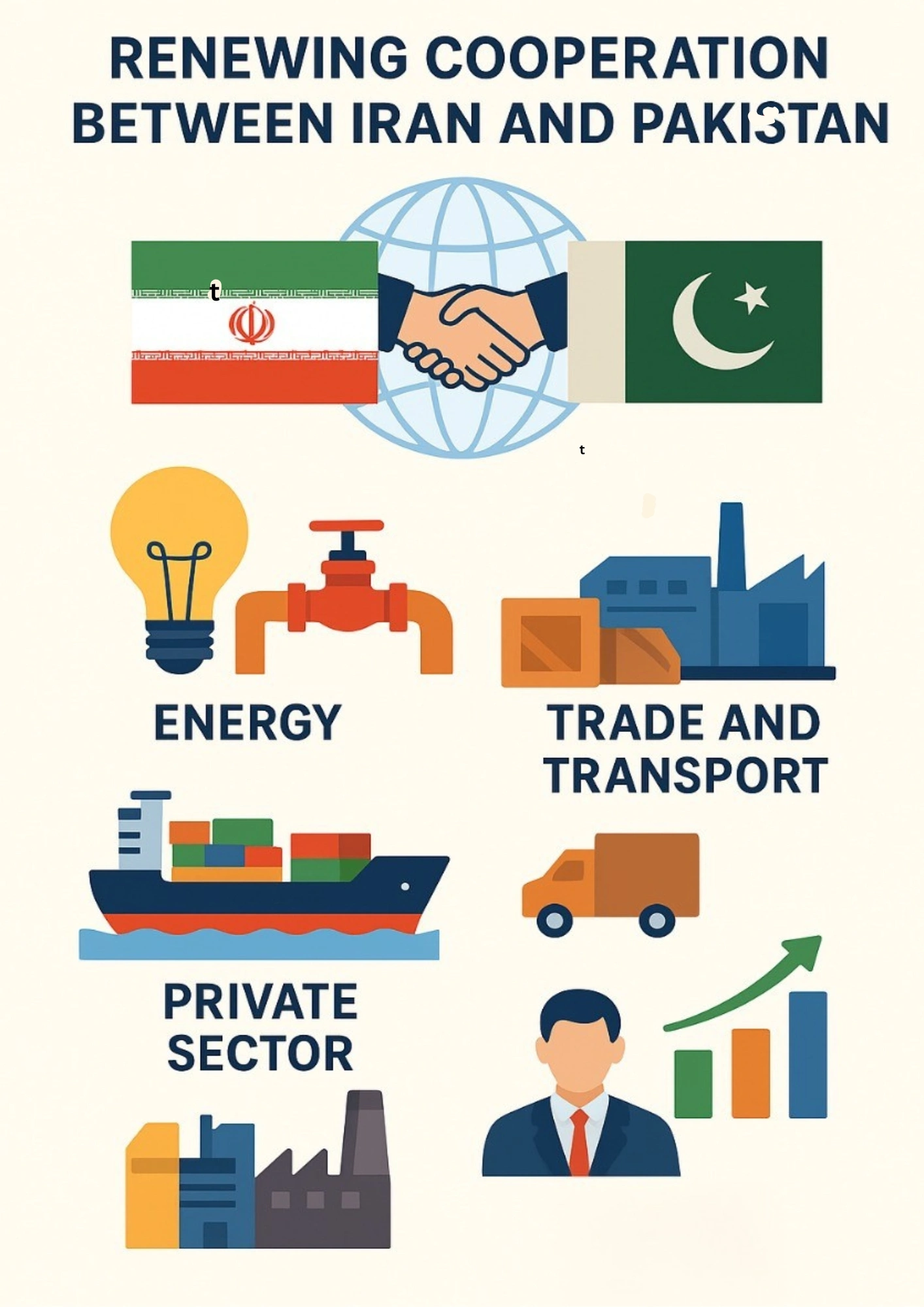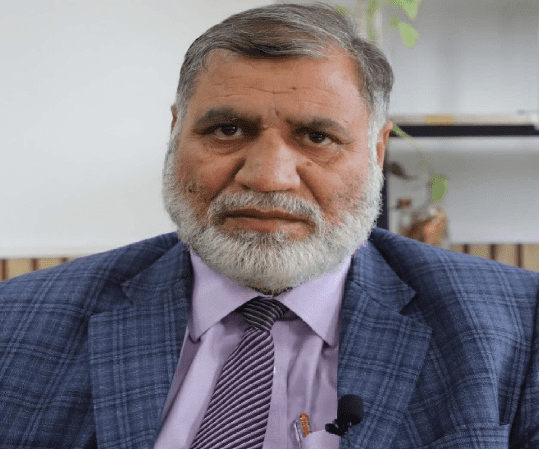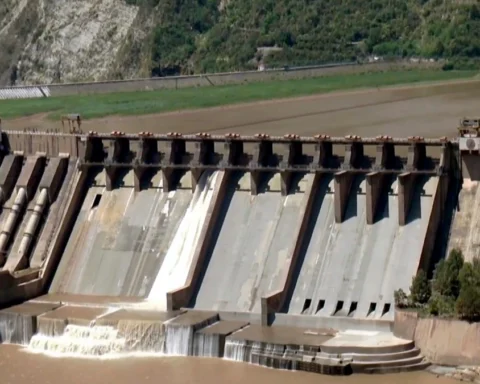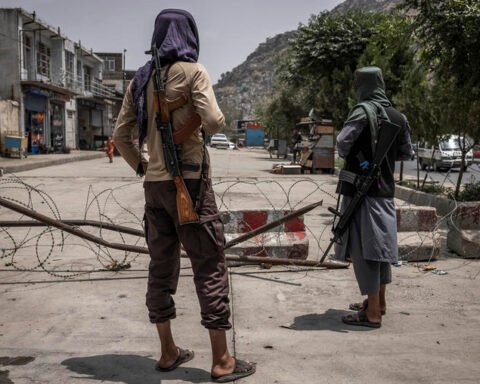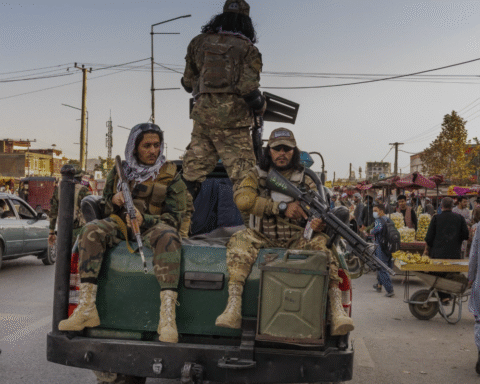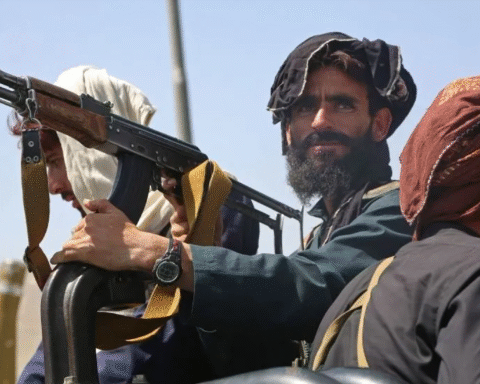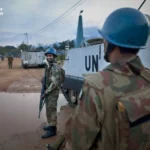The latest Iran Pakistan Joint Economic Committee (JEC) meeting, the 22nd so far, was felt different. It was not just diplomats sitting around a table, reading from talking points. Over 150 companies from both countries showed up, which gave the whole thing more practical and business first energy.
Thus, the message was clear that both sides want to turn long standing neighbourly ties into actual, measurable economic gains.
Why Iran and Pakistan meeting mattered?
Moreover, Iran and Pakistan share more than a border. There are history, religion, and culture binding them, but economic ties have not kept up with that closeness. Trade has been modest, energy projects have stalled, and logistics at the border often move at a snail’s pace. So, the JEC tried to reset that narrative by focusing on what is possible instead of what’s gone wrong.
Energy, trade, transport, and private sector participation were the big themes. Besides, unlike the past, there was a sense of urgency and an acknowledgment that both countries need each other right now.
Energy is the obvious starting point
Energy shortages in Pakistan are a constant headache, while Iran has plenty of oil, gas, and electricity to export. On paper, the fitness is perfect. The much talked about Iran Pakistan gas pipeline made it back into the conversation, though the same political and sanctions related challenges still loom large.
Furthermore, what sounded more realistic were smaller, quicker wins. They include electricity exports to border regions, localized energy projects, and even cooperation on renewables. Thus, if these plans take off, Pakistan gets some breathing room on its energy crisis, and Iran gets a reliable market right next door.
Trade and transport more than border bazaars
Additionally, trade between the two countries has been hovering around $2 billion a year, which feels like pocket change given the size of their economies and the length of their shared border. Both governments admitted that bureaucracy and weak transport links are a big part of the problem.
This is why so much of the JEC discussion circled around logistics. There should be better border crossings at Taftan and Gabd Rimdan, smoother customs processes, and stronger road and rail links. Besides, Iran also pitched tying its Chabahar and Bandar Abbas ports more closely with Pakistan’s Gwadar, creating a kind of regional triangle that could connect South Asia to Central Asia and beyond.
If even part of this vision materializes, it could turn the Iran Pakistan border from a sleepy checkpoint into a real trade corridor.
Business takes the driver’s seat
What really stood out this time was the private sector’s role. More than 150 companies came to the business conference that ran alongside the JEC, covering everything from agriculture and manufacturing to IT and services.
For years, businesses in both countries have complained about red tape, weak banking channels, and unpredictable regulations. So, at the JEC, officials promised to ease those hurdles and even floated barter and alternative payment systems as ways to curb sanctions related restrictions. Thus, whether the governments deliver or not is another question, but the sheer level of private sector enthusiasm was a positive sign.
The elephant in the room is sanctions and banking
Of course, none of this can move smoothly without tackling the obvious hurdles that Iran is still under US sanctions. This complicates trade and banking. Both sides admitted this is the single biggest obstacle. Hence, solutions like barter trade, local currency deals, or setting up dedicated banking mechanisms are being tested, but they are still workarounds and are not full solutions.
This is said that there is a sense that both Iran and Pakistan are willing to be more pragmatic than before. On one hand, for Pakistan, diversifying energy imports is a matter of survival. On the other, for Iran, every bit of regional trade helps offset its isolation from Western markets.
Looking beyond the border
Moreover, the stakes here are not just bilateral. If Iran and Pakistan manage to strengthen their economic ties, it will shift dynamics in the wider region. Besides, stronger transport links and energy trade could eventually rope in Central Asia, Afghanistan, and even connect more directly with China’s Belt and Road projects. Both sides know geography has handed them an opportunity. Now whether they can make politics and economics line up or not is the real test.
Where things stand now
The 22nd JEC did not magically solve decades of problems, but it did feel like a reset button. Governments showed political will, businesses showed interest, and practical ideas were put on the table.
Now what happens next depends on follow through.
If they can move ahead on energy swaps, fix border bottlenecks, and give businesses room to operate, Iran and Pakistan could unlock something far bigger than the modest trade figures they have seen so far. Alternately, if not, this JEC will just be another wasteful opportunity in a long line of missed chances.
For now, the momentum looks real. Additionally, in a region that badly needs stable, neighbour driven cooperation, this is worth paying attention to.
⚠ Disclaimer
The views and opinions expressed in this article are exclusively those of the author and do not reflect the official stance, policies, or perspectives of the Platform.

